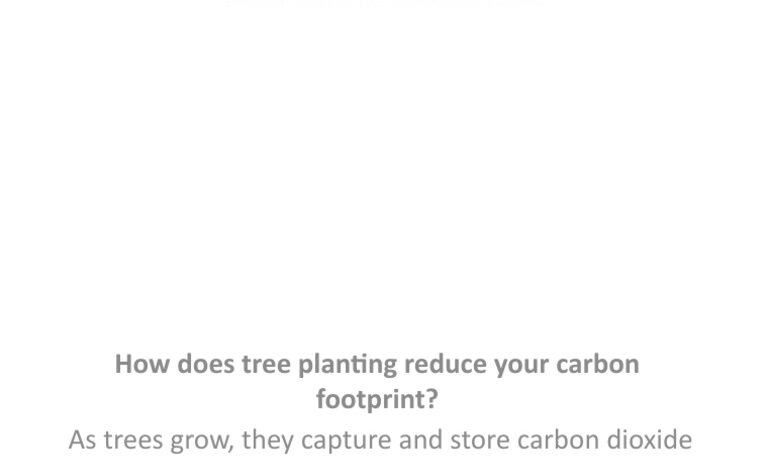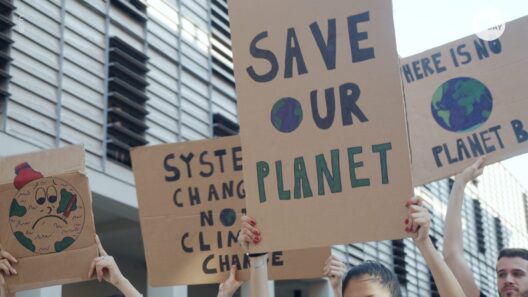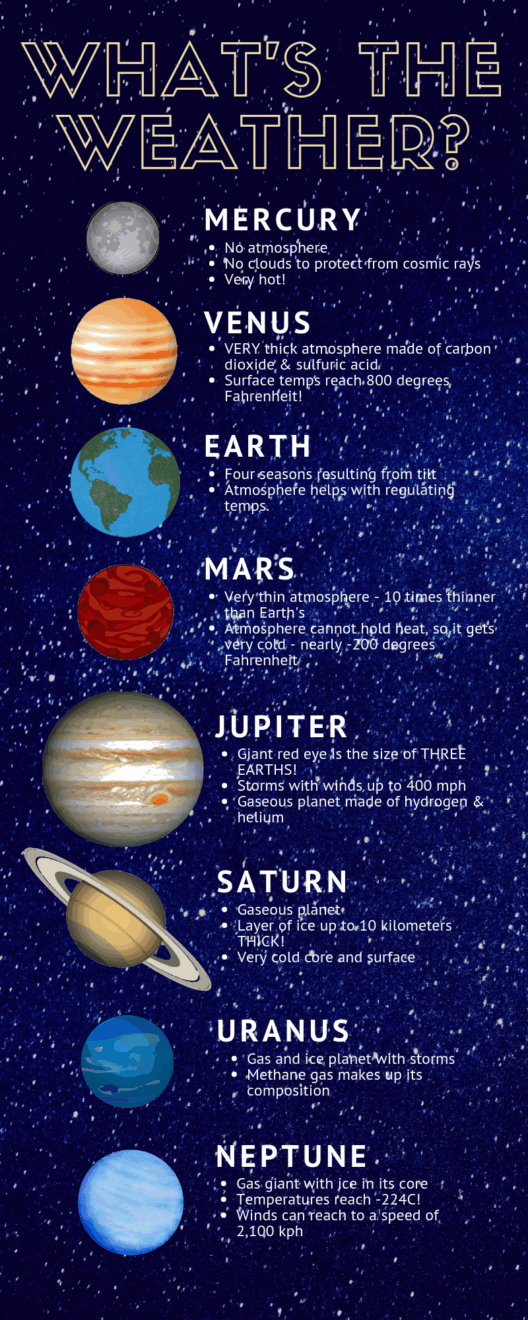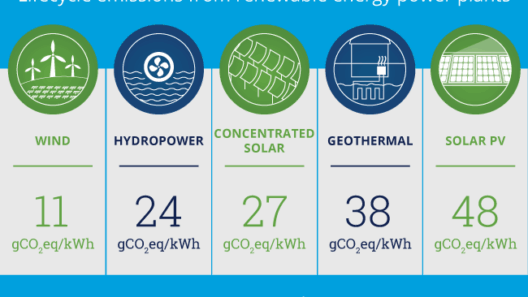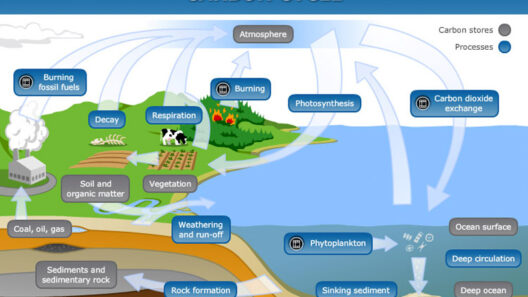As the relentless clock of climate change ticks ever onward, the planet’s temperature continues to rise, akin to a fever that refuses to break. In this unsettling landscape, nature offers a powerful antidote that is often overlooked: plants. These remarkable organisms are not merely decorative; they stand poised as sentinels in the battle against global warming. By understanding the multifaceted ways in which plants contribute to this fight, we can harness their potential in unprecedented ways.
At its core, the battle against global warming hinges on carbon dioxide (CO₂) levels in the atmosphere. This greenhouse gas, produced by an array of human activities, forms a blanket that traps heat. Herein lies the irony: the very life forms that we often neglect or take for granted are instrumental in mitigating CO₂ levels. Through the intricate process of photosynthesis, plants absorb CO₂ and, in turn, release oxygen—fueling life on Earth. This natural process is not merely beneficial; it is essential for our survival.
The analogy of a sponge aptly depicts how plants function in the carbon cycle. Like a sponge absorbs water, plants absorb carbon from the air, storing it in their foliage, stems, and roots. This sequestration process takes place not just in forests, but in urban gardens, agricultural fields, and even in the corners of our backyards. The greater the plant biomass, the more CO₂ can be sequestered. Consequently, the mass planting of trees and vegetation represents one of the most palpable strategies to absorb excess carbon while simultaneously beautifying our environment.
Forests, often referred to as the lungs of the planet, are vital in this process. Tropical rainforests, in particular, exemplify nature’s ability to sequester vast amounts of carbon. A single mature tree can absorb approximately 48 pounds of CO₂ annually, and with over 3 trillion trees on Earth, their collective impact is monumental. However, deforestation threatens this balance. Ensuing biodiversity loss and the release of stored carbon back into the atmosphere exacerbate global warming. To combat this, it is imperative to champion reforestation and afforestation initiatives. By planting new trees and restoring degraded forests, we can replenish this irreplaceable carbon sink.
Yet, the role of plants transcends mere carbon absorption. They also act as natural air purifiers, absorbing pollutants and particulate matter from the air. This dual capacity for carbon sequestration and pollution reduction is akin to a superhero possessing more than one powerful ability. Indoor plants, for instance, can enhance air quality, reducing volatile organic compounds and other harmful pollutants, thus fostering a healthier living environment. Integrating greenery into urban architecture can mitigate the infamous urban heat island effect, where cities experience significantly higher temperatures than surrounding areas.
Through agroforestry and regenerative agriculture, plants can be employed strategically to not only sequester carbon but to improve soil health as well. By integrating trees with crops, farmers can create diverse ecosystems that enhance soil fertility and maintain water cycles. This symbiotic relationship exemplifies how sustainable agricultural practices can counteract climate change while improving food security. Cover crops and permaculture techniques also harness the power of plant diversity to create resilient agricultural systems that safeguard against the adverse effects of climate disruption.
Moreover, the concept of blue carbon highlights another avenue where plants can provide ecological balance. Coastal ecosystems such as mangroves, salt marshes, and seagrasses are exceptional at sequestering carbon. These “blue” habitats store carbon at rates much higher than terrestrial forests. As these ecosystems are protected and restored, they emerge as formidable allies in the global fight against climate change. The restoration of mangroves, for example, not only sequesters carbon effectively but also mitigates coastal erosion and provides vital habitats for marine life.
Nevertheless, the human connection to plants requires nurturing. Awareness and education are critical in fostering a deeper appreciation of trees and plants. Engagement with local communities through tree-planting initiatives can instill a sense of stewardship, transforming individuals into advocates for our green allies. Schools and organizations can create curriculum-based programs that focus on environmental education, emphasizing the positive role plants play in combating climate change.
Additionally, policy frameworks can accelerate plant-related climate solutions. Governments and organizations must commit to investing in green infrastructure, supporting legislation that encourages afforestation, reforestation, and the maintenance of existing forests. Financial incentives could motivate farmers and landowners to adopt sustainable practices that enhance carbon sequestration and promote biodiversity. Such policies should be enacted globally, thereby ensuring a united front against climate change.
In the grand tapestry of climate solutions, plants are the threads that bind ecosystems together, enhancing resilience while sequestering carbon. Their ability to produce oxygen and filter pollutants is just one facet of their multifarious role in our survival. The metaphorical sponge that soaks up CO₂ is also a powerful ally in our collective quest for sustainability, reminding us that action is necessary at all levels—from individual gardeners to global policymakers. Through conscious efforts to plant, protect, and promote the vitality of the world’s green resources, society can orchestrate a harmonious balance with nature, ultimately paving the way toward a cooler, healthier planet.



